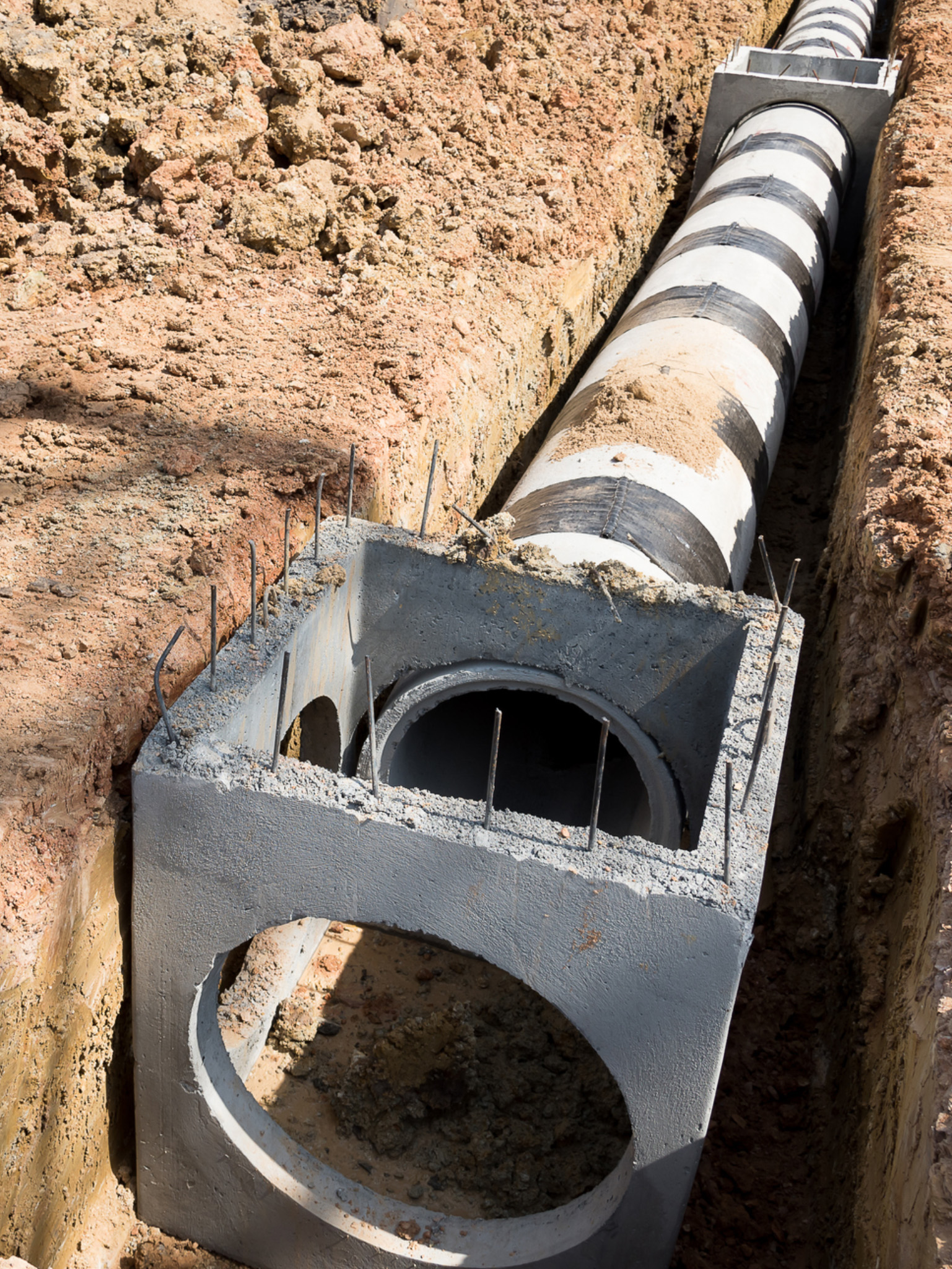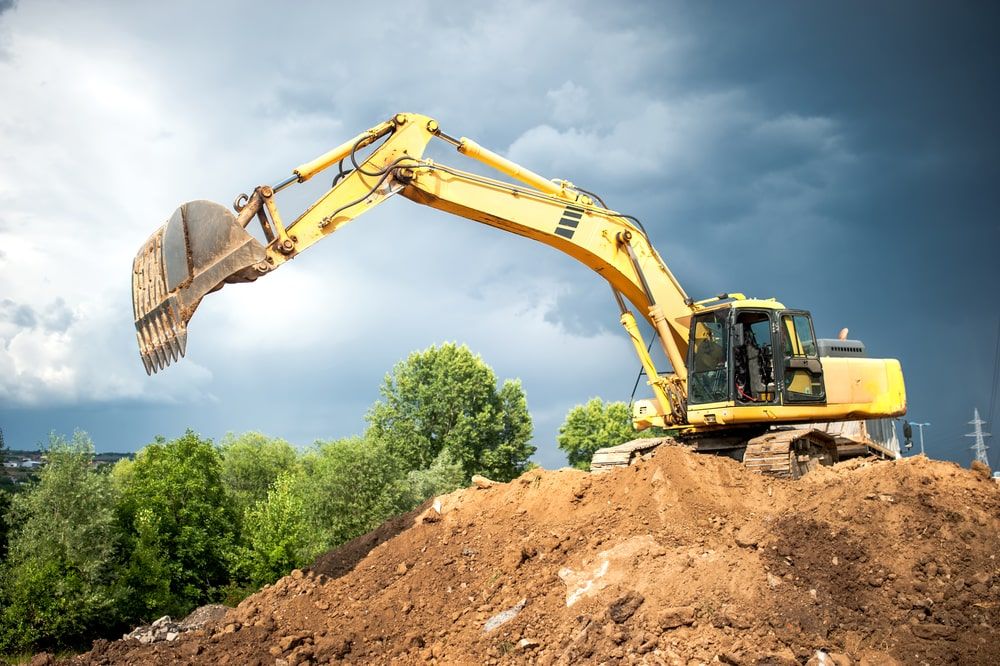Residential Excavating Ohio - Specialized Excavation for Ohio Homes
Unveiling the Art of Excavation: Pro Tips for Safe and Productive Digging
As soil is turned and planet is relocated, the ins and outs of excavation disclose themselves, requiring a keen understanding of equipment, dirt composition, safety methods, and environmental factors to consider. The proficiency needed to navigate these aspects properly can mean the distinction in between an effective excavation task and a prospective disaster.
Relevance of Proper Devices
To make sure the safety and security and performance of any kind of excavation job, utilizing the suitable tools is extremely important. Excavation jobs differ in scope and complexity, ranging from tiny household landscaping tasks to large-scale construction endeavors.
Excavators are basic pieces of machinery in any type of excavating operation. These versatile devices come in numerous dimensions to fit different job requirements. Mini excavators are perfect for smaller sized tasks, while larger excavators deal with extra substantial tasks efficiently. Backhoes are another vital tools type, combining the functions of a loader and an excavator in one maker. They are beneficial for jobs requiring convenience and maneuverability.
In addition to excavators, other essential tools includes dump excavators, trucks, and plates. Dump vehicles are vital for removing and delivering excavated materials, while plates are used for excavating slim and deep trenches. Excavators stand out in jobs that require pressing huge quantities of dirt or particles. By buying the ideal equipment, excavation jobs can be completed safely, on time, and with precision.
Comprehending Dirt Structure
A comprehensive grasp of dirt structure is fundamental for executing excavation tasks with accuracy and security. Recognizing the different kinds of soil is important as it directly affects excavation techniques, equipment option, and general task efficiency. Dirt composition typically contains 4 main components: sand, silt, clay, and organic issue. Each part has unique residential or commercial properties that affect just how dirt reacts to excavation processes.
Silt fragments are smaller sized than sand yet larger than clay, providing moderate water drainage and communication. Organic matter, such as decaying plant product, impacts soil fertility and stability.
Prior to beginning excavation, conducting dirt examinations to determine its make-up and features is crucial. This info helps in picking the suitable equipment, applying precaution, and creating excavation methods tailored to the details soil conditions - septic ohio. By comprehending soil structure, excavation professionals can boost project end results while guaranteeing safety and adherence to finest practices
Safety And Security Steps and Methods
Comprehending dirt composition is the foundation whereupon security actions and protocols for excavation jobs are built, making sure the well-being of workers and the success of the undertaking. There are a number of key measures that should be carried out to minimize risks and avoid mishaps. when it comes to safety and security throughout excavation.
First and foremost, before any type of excavating starts, a comprehensive examination of the website must be performed to recognize any potential risks such as below ground energies, unpredictable dirt problems, or nearby structures that could position a risk. It is crucial to have a proficient individual look after the excavation process to guarantee that all safety and security protocols are followed strictly.
Furthermore, all workers entailed in the excavation has to be effectively educated in risk-free digging practices and the proper operation next of tools. By sticking to these security actions and protocols, excavation projects can be completed efficiently and without incident.
Reliable Excavation Preparation
When getting started on an excavation job, precise planning is vital to guarantee effectiveness, safety, and successful results. Effective excavation preparation includes a number her latest blog of key actions that are critical for the smooth implementation of the job. The first step is to perform a complete site assessment to identify any type of potential dangers, such as below ground energies or unpredictable soil problems. This info is vital for creating an in-depth excavation plan that consists of precaution and run the risk of mitigation methods.
When the site analysis is full, the following action is to create a clear timeline and timetable for the excavation activities. This consists of determining the series of tasks, devices needs, and manpower appropriation. Appropriate organizing assists stay clear of delays and guarantees that the job remains on track.

Moreover, communication among all team participants is paramount throughout the preparation stage. Clear instructions, regular updates, and effective coordination are important for a successful excavation project. By investing time and effort in meticulous preparation, excavation teams can substantially improve efficiency, reduce risks, and achieve effective results.

Taking Care Of Ecological Factors To Consider
With enhancing focus on environmental sustainability in construction methods, handling ecological considerations has come to be a crucial aspect of excavation tasks. Excavation activities have the possible to impact the surrounding setting with dirt erosion, sediment drainage, habitat disturbance, and contamination of water sources. To minimize these risks, it is important to carry out ideal methods that focus on environmental management.
Moreover, appropriate waste administration is vital to protect against dirt and water contamination. Implementing treatments for the disposal of unsafe anonymous products, recycling of waste materials, and lessening the use of damaging chemicals can substantially lower the environmental impact of excavation projects. By incorporating these methods into excavation planning and execution, building business can ensure that their projects are not just risk-free and productive however additionally eco accountable.
Conclusion
To conclude, understanding the art of excavation needs an extensive understanding of proper devices, soil composition, safety and security procedures, and effective preparation. By following these standards and considering ecological aspects, excavations can be conducted securely and effectively. It is crucial to prioritize security and performance in every digging task to make sure successful results.
As soil is turned and planet is moved, the ins and outs of excavation reveal themselves, requiring a keen understanding of devices, dirt composition, security methods, and environmental factors to consider.To guarantee the safety and security and performance of any excavation job, utilizing the suitable tools is critical.A thorough grasp of dirt composition is essential for implementing excavation tasks with precision and security. Recognizing the different types of dirt is vital as it straight impacts excavation techniques, devices option, and overall job performance. By understanding soil make-up, excavation specialists can boost project end results while making sure security and adherence to ideal methods.